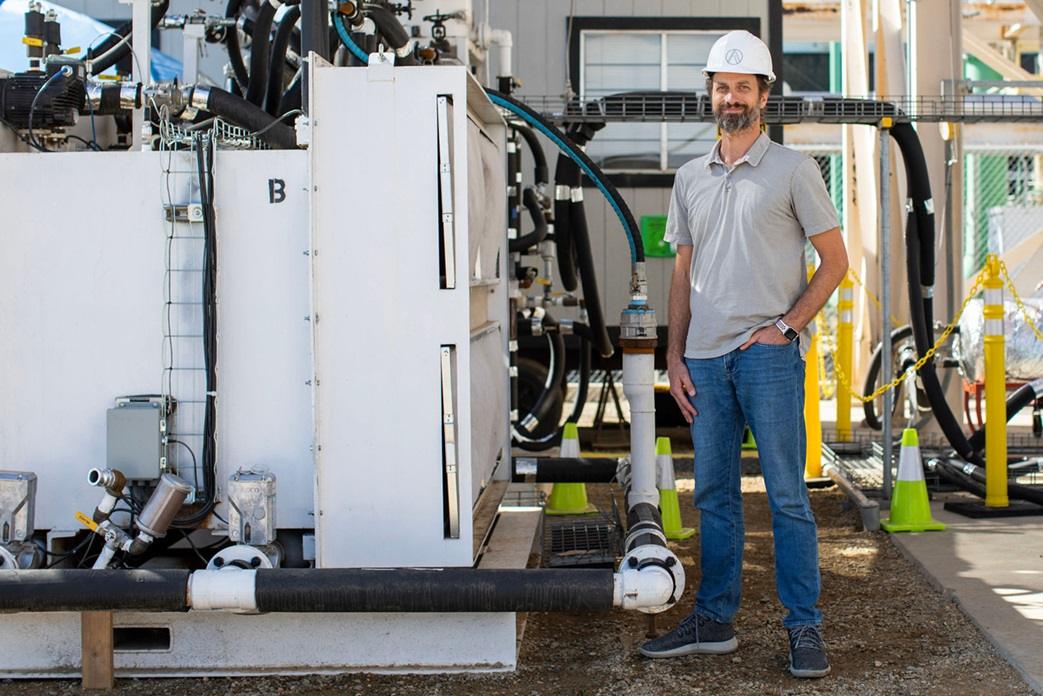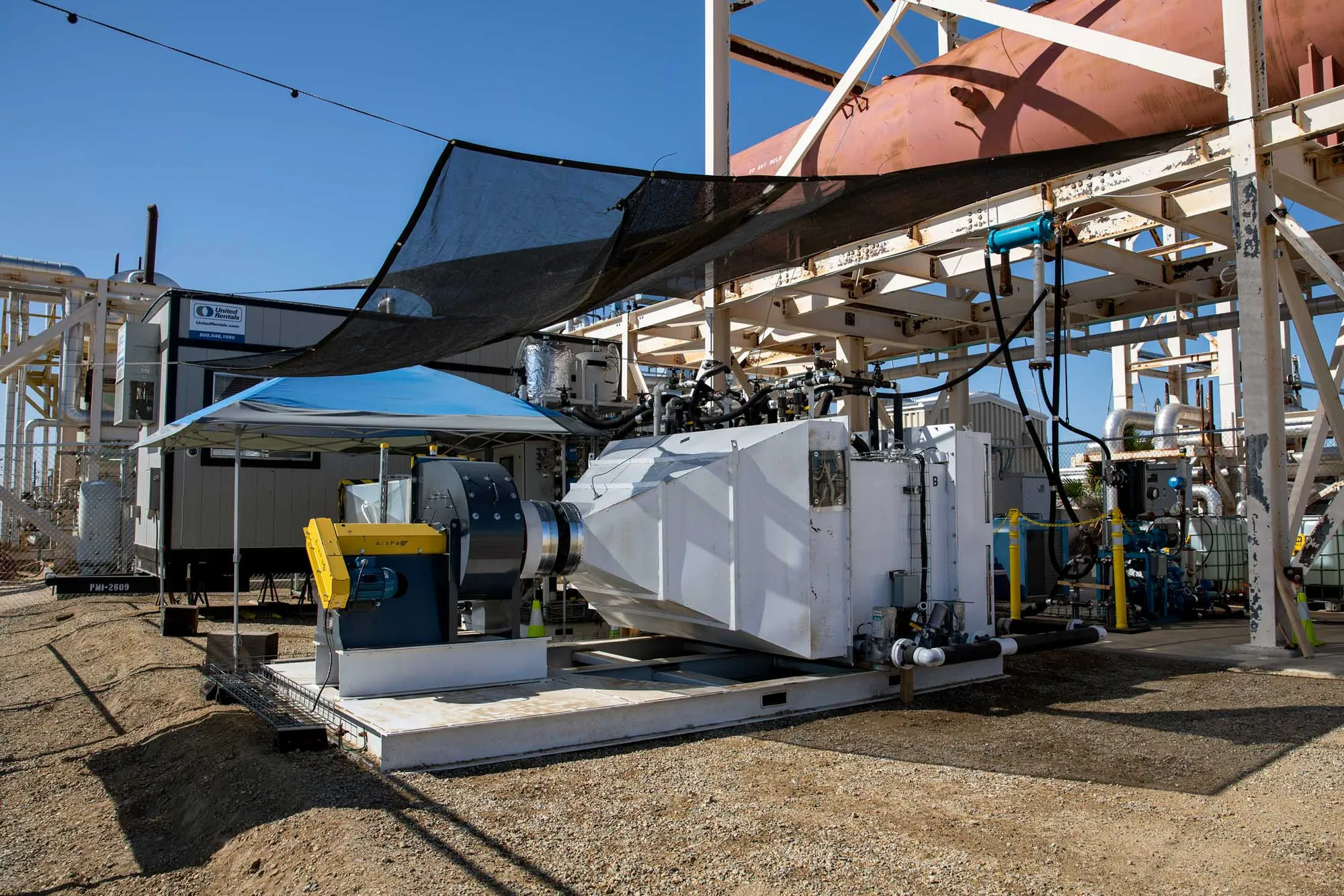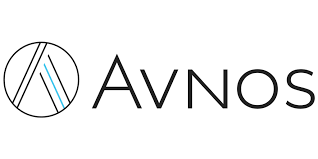
A Game-Changer in Direct Air Capture Technology
Avnos is redefining carbon removal with its groundbreaking Hybrid Direct Air Capture (HDAC) technology. Unlike traditional direct air capture (DAC) systems that rely on energy-intensive heat processes, Avnos' HDAC system removes both carbon dioxide (CO2) and water from the atmosphere simultaneously, producing distilled-quality water as a byproduct.
According to Will Kain, Avnos Founder & CEO, "We are the only water-positive company in direct air capture." This innovation makes Avnos’ technology more energy-efficient, cost-effective, and environmentally beneficial than conventional DAC solutions.
The company’s approach has attracted significant financial support, including $36 million in funding in 2024 and backing from the U.S. Department of Energy (DOE) and the U.S. Office of Naval Research.##How Avnos' HDAC Technology Works
Unlike conventional DAC systems, which require extreme heat to extract CO2, Avnos’ HDAC system uses a moisture-swing adsorbent.
>> RELATED: Pilot Project Near Shafter Removes Carbon, Produces Water

Avnos CEO Will Kain at Project Alpine in Bakersfield, California.
Here’s how it functions:
1. Capturing Water and CO2
- Air enters the HDAC unit, passing through an atmospheric water extraction system, which removes moisture from the air.
- This pre-treated, drier air then moves into a CO2 removal subsystem, where a special moisture-swing adsorbent captures CO2.
2. Releasing CO2 Without Heat
- The adsorbent releases CO2 when exposed to moisture, eliminating the need for extreme heat.
- This process reduces energy consumption by over 50% compared to traditional DAC systems.
3. Producing Clean Water
- The system produces five tons of distilled-quality water for every one ton of CO2 removed.
- Traditional DAC systems, by contrast, consume between 5 and 20 tons of water per ton of CO2 removed.
This unique water-positive approach makes Avnos’ HDAC system a game-changer for carbon removal and sustainable water production.
Expanding Operations: From California to New Jersey
Avnos is quickly scaling its operations. In Bakersfield, California, the company launched its first operational pilot project, Project Alpine. Following its success, Avnos is building a state-of-the-art research and development (R&D) facility in Bridgewater, New Jersey, set to become a hub for further innovation.
These efforts have earned Avnos a semifinalist position in the DOE’s Carbon Dioxide Removal Purchase Pilot Prize. The company is also part of four DOE DAC hubs in Louisiana, Illinois, and the Bakersfield region, further cementing its role in the future of carbon capture.
Cost and Commercial Viability
One of the biggest challenges for DAC companies is making carbon removal cost-effective. Most DAC systems today struggle to reach the $100 per ton CO2 removal cost target, a benchmark set by the U.S. government for scalable carbon capture solutions.
Avnos, however, has a clear path to achieving this goal.
- Near-term costs: Avnos projects $250 per ton at a capacity of 50,000 to 100,000 tons per year—a competitive rate without subsidies.
- Long-term costs: The company is confident that with increased scale, costs will drop below $100 per ton, making HDAC technology one of the most viable solutions in the carbon removal market.

Avnos, a startup based in Los Angeles, is testing a machine in Bakersfield, California, designed to extract carbon dioxide and water from the air. Photographer: Alisha Jucevic/Bloomberg.
>> In Other News: Trophic Rewilding: Why Herd Animals Are a Carbon Capture Technology
Where HDAC Can Be Installed
Unlike traditional DAC systems, which work best in specific conditions, Avnos' HDAC technology can be deployed in most climates.
- The system adjusts for varying humidity levels, making it suitable for a wider range of geographic locations.
- While extreme climates like the North and South Poles are not ideal, HDAC units can operate in most industrial regions around the world.
- Its flexibility allows for deployment near industrial sites, sequestration locations, and even renewable energy hubs.
Scaling Up: What’s Next for Avnos?
Avnos is focused on commercializing HDAC technology and expanding its footprint globally. The company is:
- Scaling up from pilot projects to larger commercial deployments.
- Partnering with private commercial entities to develop thousands of tons per year of CO2 removal capacity.
- Participating in the DOE’s Carbon Dioxide Removal Purchase Pilot Prize and four DAC hubs.
By continuing to refine and expand HDAC, Avnos aims to solidify its place as the leader in carbon removal and water-positive DAC technology.
The Future of Direct Air Capture
With its patented hybrid approach, A*vnos is tackling two environmental challenges at once—carbon removal and water scarcity*. As global efforts to combat climate change intensify, companies like Avnos are proving that innovative technology can make carbon capture both practical and sustainable.
As Will Kain puts it, "We think that 2025 will be a big year of commercial maturation for us... deploying more demo and pilot units, maturing our supply chain, and building out those commercial relationships." With its strong partnerships and groundbreaking technology, Avnos is well on its way to leading the next phase of the carbon removal industry.
For more on Avnos' projects, visit Avnos.
Subscribe to the newsletter
Daily decarbonization data and news delivered to your inbox
Follow the money flow of climate, technology, and energy investments to uncover new opportunities and jobs.
Companies
Latest issues
-
The Three-Continent Move That Redefines SAF
Wishing everyone a restful holiday season.🎄🎅🎁 Inside this Issue ✈️ Cathay Goes Global With SAF in Three-Continent Fuel Deal 🧪 Proton Ventures Partners With Barents Blue For Realization Of The Bar...
-
Can One Truck Fix Hydrogen’s Biggest Problem?
Inside This Issue 🚛 Alberta's Shared Truck Model Could Crack Hydrogen Adoption ✈️ ZeroAvia Completes Financing Round 🌾 Frontier And NULIFE Scale New Biowaste Carbon Removal Approach 🔥 WAGABOX® Of ...
-
North America’s Carbon Removal Year in Review: Winners, Losers, Surprises
Inside This Issue 🌎 North America's Carbon Removal Year in Review: The Deals, Policies, and Milestones That Shaped 2025 🚢 Hapag-Lloyd And North Sea Container Line Win ZEMBA Second E-Fuel Tender 🪨 ...
Company Announcements
-
ClimeFi Announces New 85,000 Tonne Procurement Round
In its latest procurement round, ClimeFi has enabled more than US$18m in durable carbon removal purchases across eight removal pathways: Biochar, Bioenergy with Carbon Capture and Storage (BECCS), ...
-
Vallourec, a world leader in premium seamless tubular solutions, and Geostock, a global specialist in underground storage of energy, have signed a Memorandum of Understanding (MoU) to strengthen th...
-
CMA CGM, DHL Step Up Ocean Freight Decarbonization with Biofuel Deal
DHL Global Forwarding and shipping group CMA CGM have agreed to jointly use 8,990 metric tons of second-generation biofuel to reduce emissions from ocean freight. The initiative is expected to cut...
-
Next-Generation Gas Turbine Control System For Thermal Power Plants Completes Functional Testing
Integration of Mitsubishi Power's control technology with Mitsubishi Electric's high-speed data processing technology Supports rapid load adjustments and diverse fuels including hydrogen Tokyo, ...
